The names and benefits of scientific research activities are increasingly concentrated among a few elites within the academic community, while the DeSci movement, with its decentralized spirit and blockchain technology, aims to reunite Mr. Science and Mr. Democracy after a long separation.
Author: DoctorStrange
Where does the money come from? Where does the money go? The sources and uses of funding have always been the primary issues in scientific research.
After the great plague in Europe in the 14th century, the stories of God promoted by religious organizations were no longer sufficient to heal the wounds of the people or answer the public's doubts about the real world. Thus, church organizations such as Christianity and Catholicism began to fund some of their followers to conduct research in astrophysics, biomedicine, and chemistry, becoming natural philosophers. Some of these followers' names are still celebrated today, such as Newton, Galileo, and Copernicus.
As natural philosophy surpassed religion and parted ways, kings and nobles became the largest "financial backers" of scientists (and equally important craftsmen and artists not covered in this article) to meet the technical demands of maintaining their rule and the prestige of "hosting mysterious guests." Of course, the elite class was not the only funder of scientific activities. After the Renaissance, the political culture and scientific awareness of the general public were enlightened, leading them to actively participate in scientific research, making science no longer an exclusive hobby of the noble elite. Citizen Science and Open Science began to rise in the 17th century, playing an important supporting role in the development of science over the following centuries.
However, no one expected that scientists within the ivory tower (the academic community) would eventually revert to an organization resembling a religious creed. The academic world gradually evolved into a hierarchical structure with academic authorities comparable to the power of "padrinos" and "popes," with funding centered around these authorities.
The tension between conservatives and reformers is the driving force behind civilizational progress. Just as natural philosophy once opposed religious fundamentalism, in recent years, the decentralized science (DeSci) movement has begun to rise, continuing the citizen science movement of the past few centuries and opposing the overly centralized traditional scientific research methods. The infrastructure supporting the DeSci movement is based on blockchain technology and Web 3.0.
1. What is the starting point of the DeSci movement?
The troops have not moved, but the money and supplies have already arrived
The "burning money" and energy consumption of modern scientific research activities are unimaginable to the general public. In August 2022, Harvard University professor Naomi Oreskes published an article titled "Science Needs to Shrink Its Carbon Footprint" in the renowned popular science magazine Scientific American. The article pointed out the enormous energy consumption of current scientific research activities; for example, the total carbon dioxide emissions during the operation of major astronomical observatories are estimated to be nearly 20 million tons. Additionally, the carbon dioxide emissions from the entire cloud storage and computing sector exceed those of the aviation industry, which has long been criticized for its high oil consumption (averaging about 2.4 million tons of carbon dioxide per day).
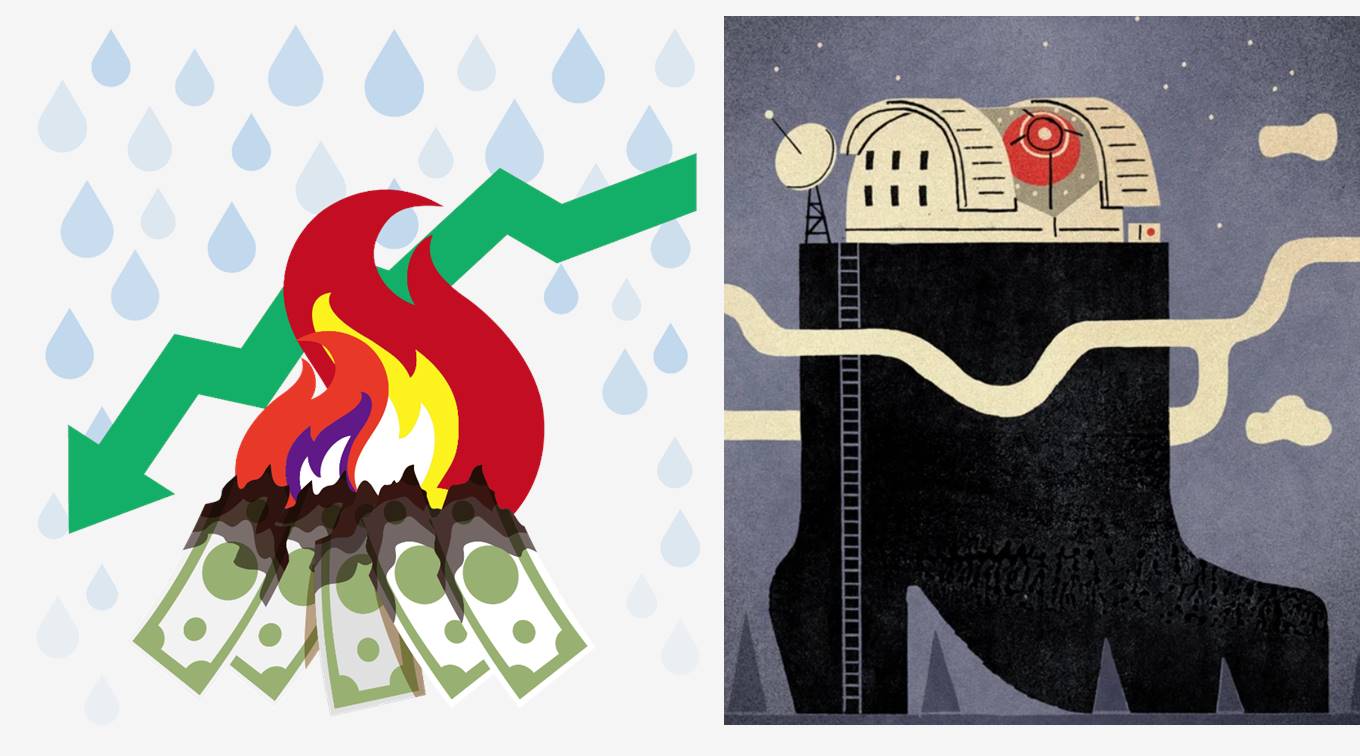
Following the product operation logic of the internet industry, modern scientific research activities can be divided into three main components, each consuming significantly different amounts of human and material resources:
① Backend: The infrastructure that supports the operation of the research system, including the construction and daily maintenance of laboratories and supporting resources. For example, the annual electricity bill for a laboratory building can reach hundreds of millions (especially when housing supercomputers with energy consumption comparable to mining), and the instruments in a laboratory can be worth hundreds of thousands to millions (especially in experimental physics and chemistry, which are instrument-based disciplines). This process is the most costly part.
② Mid-end: This is the replicable and transferable part, which is largely similar across various disciplines worldwide, mainly involving "paperwork," also known as "research oriented towards Office software and printers." Researchers spend more than half of their time and energy writing grant applications, assessments, and final reports; otherwise, they will lack funding to support backend experiments. This process is the most time-consuming part.

③ Frontend: The publication/exchange/application of research results with copyright, which is also the part of scientific activities that the public usually encounters. The output at the frontend, whether related to theory or experiments, or technical patents, can bring direct or indirect benefits to society and researchers. This process is the most profitable part.
The traditional centralized scientific research method is guided by the National Science Foundation (NSF). Researchers typically write grant applications at the beginning of the year and annual assessment or final reports at the end of the year, spending months dealing with applications or assessments (mid-end). The review committee responsible for auditing grant applications and final reports consists of reputable researchers in the same field, who are the elite among peers. The approval rate for grant applications is very low; the success rate for NSF applications in China is only about 20% (2021), while the success rate for NSF applications in the United States is 28% (2022). Therefore, for young scholars, "winning the grant" is as joyous as passing the imperial examination.
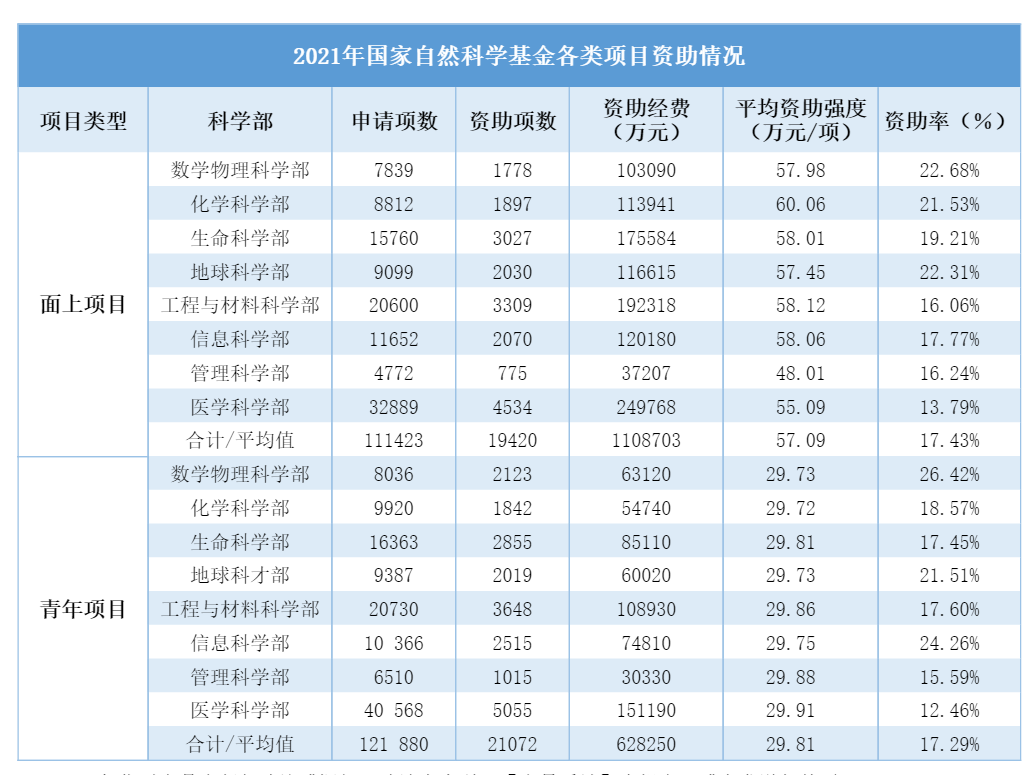
Source: https://fund.cingta.com/.
To successfully pass the review, researchers commonly adopt the practice of having resources (backend) before applying for funding, essentially completing part of the work beforehand. As a result, the application appears seasoned and mature. This way, reviewers believe that the funds will not be wasted and that results will be produced. Ultimately, this leads to two rather pessimistic trends: first, a decrease in the risk appetite for research, with conservative exploration directions and a blind pursuit of hot topics, leaving niche or unconventional areas unstudied; second, the Matthew effect, where funding gradually concentrates among academic authorities (commonly known as academic gatekeepers), making it difficult for novice or less-known researchers to secure adequate funding, while academic authorities serve as both the athletes and referees in the distribution of funds.
Beheading for military merit, many are greedy adventurers
In the final assessments of centralized research projects, the academic review committee mainly examines indicators such as papers or patents published in academic journals (generally, technical patents are accompanied by articles for introduction or promotion). Therefore, for researchers, publishing papers has become a necessity. Issues with the reproducibility of experimental results (others cannot replicate the original author's results based on the article) and academic fraud are rampant, as some researchers, in their haste to publish, may embellish results and cover up flaws. The reputation of a researcher is also based on published papers, such as the number of citations.
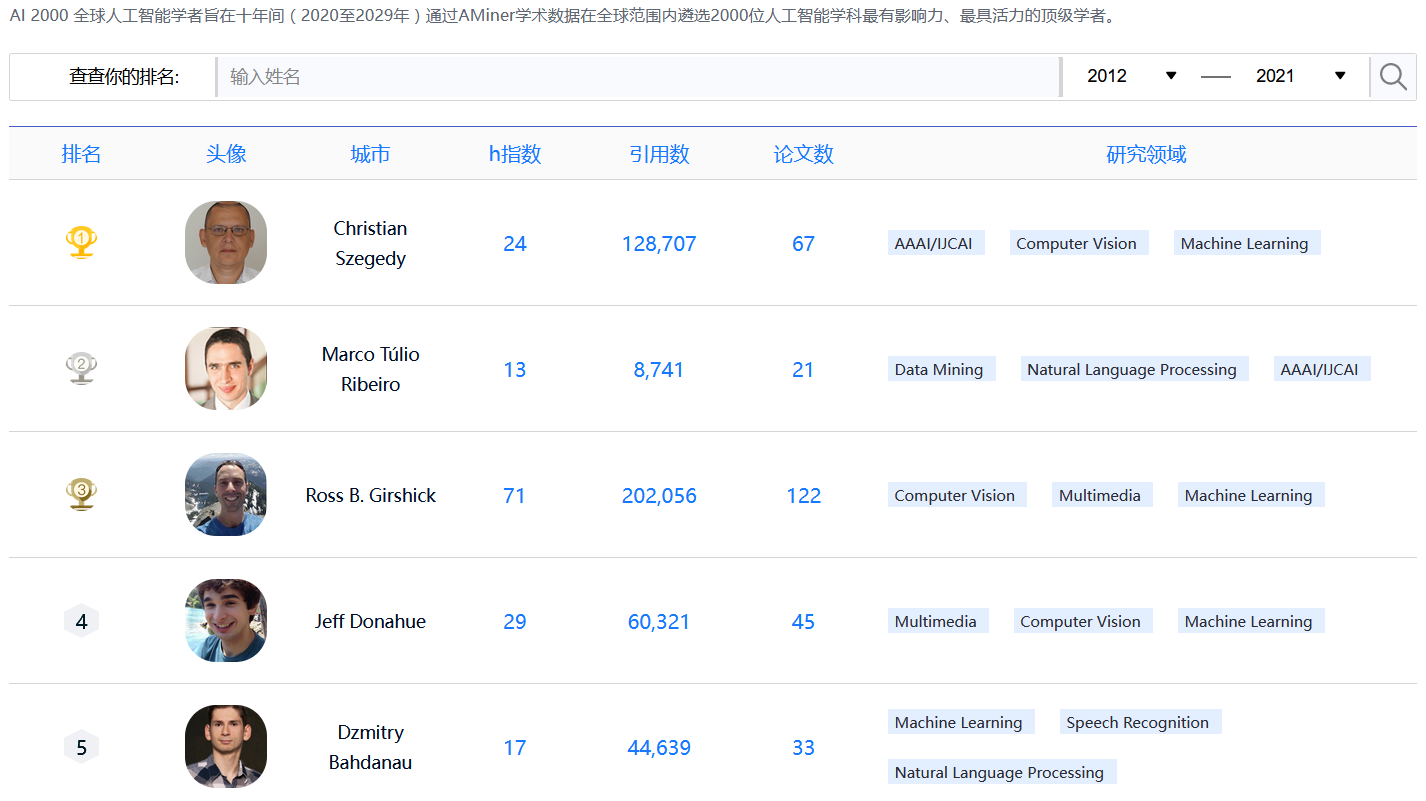
Source: https://www.aminer.cn/
The process of publishing a paper can be as convoluted as the experiment itself. After researchers painstakingly obtain results, they organize the data into a draft paper, then spend months or even over a year to publish the results in a journal (bi-monthly or monthly). The reason for this significant time cost is that the draft may contain errors that the authors did not consider, requiring peer review from colleagues in the field, meaning that reviewers provide suggestions and revisions.
The main platforms for publishing natural science research results are publishers under Elsevier and Springer. Considering that very few people pick up an academic journal while on a plane or waiting for a bus to read those unfamiliar professional terms and convoluted academic writing styles (Heavy Academic Style), the subscription rates for academic journals are low, and publishers need to charge authors certain fees to make a profit.
If authors do not pay the fees, readers must pay a fee to subscribe, usually costing tens of dollars or euros to obtain the PDF version of an article (China National Knowledge Infrastructure (CNKI) earns even more in RMB). To respond to the Open Access movement and allow readers to access electronic versions for free online, many journals require authors to pay open access fees; for example, the renowned journal Nature requires authors to pay over $10,000, while Nature Communications requires authors to pay over $5,000.
Here, we must mention the Sci-Hub website. Founder Alexandra Elbakyan used hacking techniques to exploit vulnerabilities in databases storing papers, stealing a large number of papers from various publishers and making them all publicly available for free retrieval and download. After this battle, Elbakyan became famous worldwide. The journal Nature listed Elbakyan as one of the top ten scientists of 2016. Elbakyan was subsequently sued by publishers. However, the lawsuit came to nothing, as the U.S. courts could not pursue Elbakyan, who was hiding in Russia, and the deeper reasons are also easy to understand:
> Those who steal fire from heaven to illuminate the world are forgiven by the gods.
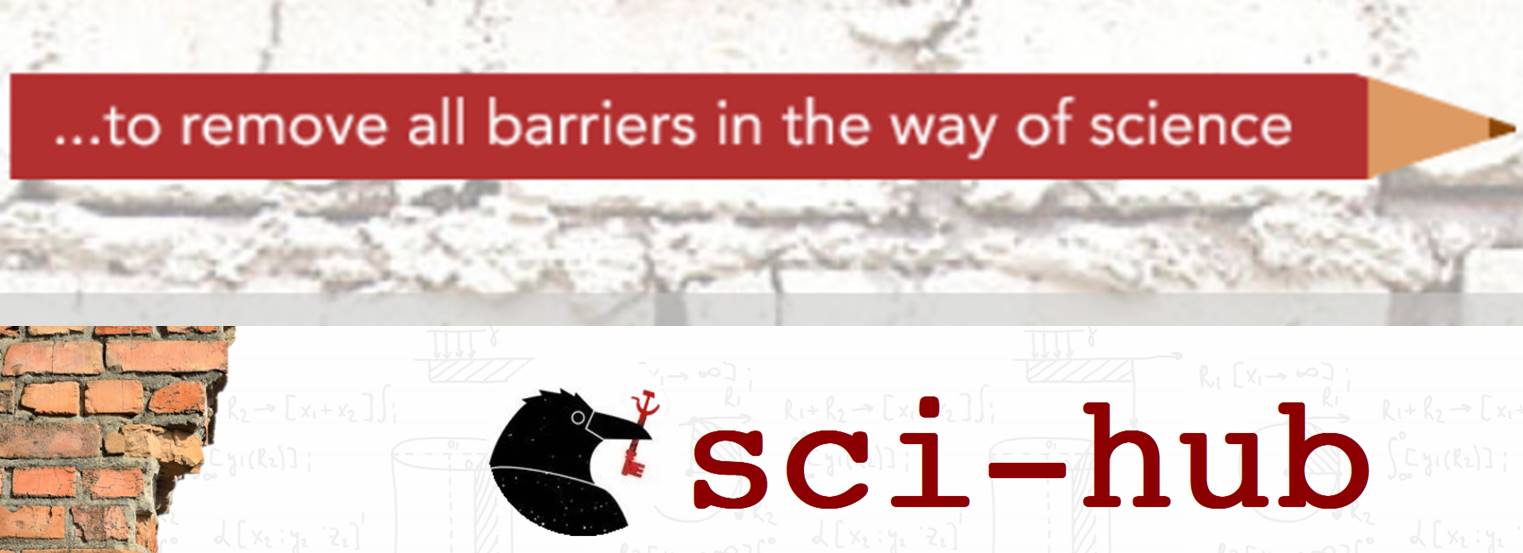
Regardless of whether an article is open access, authors receive no royalties, and reviewers are also unpaid. Reviewers are free labor during the months of paper review because they are generally invited by the journal's editors (who are also experts in the field) and are a symbol of reputation in the academic circle. If peers are interested in the research in the paper, they generally do not refuse the invitation to review, similar to Li Bai's reaction when he saw Cui Hao's poem "Yellow Crane Tower." The number of reviewers is usually 2-5, and sometimes authors may recommend a few "preferred" reviewers, but editors may not consider the recommended experts in the same field and instead seek experts who match the research area of the paper for review. This matching is often unsatisfactory, and biases and communication issues are common problems in the review process.
For the people, by the people, and for the enjoyment of the people
In summary, against the backdrop of increasingly reduced funding (due to decreased government revenue and environmental reasons), there exists a significant amount of redundancy and internal friction in the mid-end and front-end processes of centralized research, even wasting the lives of researchers. In response to the aforementioned issues in the mid-end and front-end, the DeSci movement aims to utilize blockchain-based "Web3" technology to incentivize researchers to conduct open and transparent research, addressing the pain points and bottlenecks of centralized research and expanding and disseminating shared human knowledge.
The DeSci movement is part of the citizen science and open science movements. Under the premise of protecting privacy and legal activities, it can even be applied to the backend of research, namely the experimental part. In May 2021, the journal Nature published an article titled "Smartphone science: apps test and track infectious diseases," which mentioned that smartphones are gradually playing an important role in modern research, such as mobilizing community volunteers to use smartphone cameras and apps to track diseases caused by mosquitoes and to mark COVID-19 infected individuals. Researchers achieved experimental results comparable to a $50,000 fluorescence microscope using smartphone cameras, costing less than $40. Both Web2 and Web3 technologies shine in the DeSci movement.

The community volunteers mobilized for research activities are essentially Decentralized Autonomous Organizations (DAOs). In the DeSci movement, there should be a spirit of citizen science/open science and DAO: data openness, open-source results, process transparency, public support, cost-sharing, and benefit-sharing. The infrastructure supporting these DAOs is precisely the Web3 technology.

Source: https://www.azquotes.com/
2. What technological means does the DeSci movement employ?
The DeSci movement mainly relies on Web 3.0 based on the Ethereum chain (Ethereum, ETH). For example:
① Tokenization of digital assets. There are two models; the first is simpler, converting research results into Non-Fungible Tokens (NFTs), allowing researchers to directly obtain economic benefits. For instance, the first NFT created from a research manuscript was sold for 13 ETH (approximately $24,000) on the OpenSea website. However, such high sales may not be the norm, and NFT income may not cover research expenses.
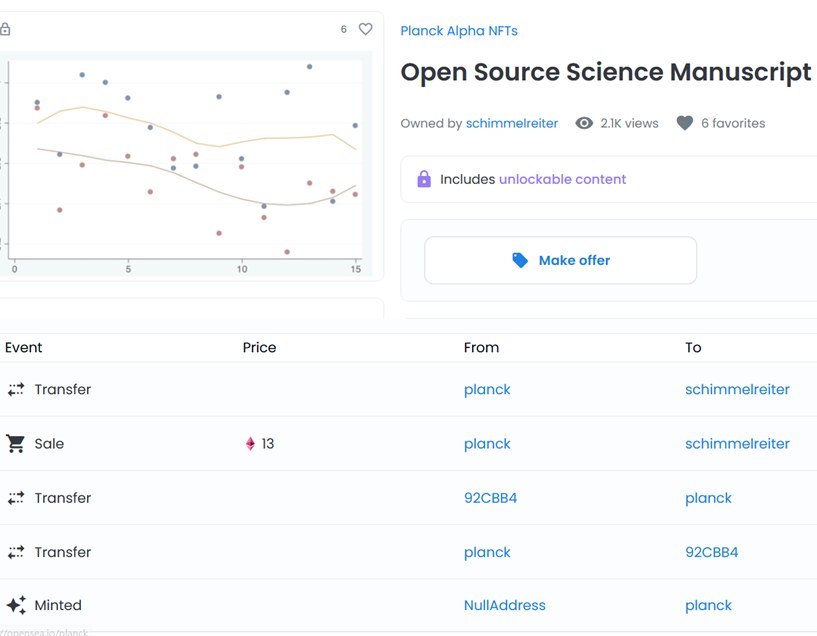
The second model is more complex, similar to real estate securitization, where DAO crowdfunding is used to raise research funds. The DAO issues tokens based on community voting and treasury multi-signature reviews, and members holding DAO tokens collectively own the copyright of the research results, such as VitaDAO, which provides funding for the research and development of rare diseases that lack funding or attention by issuing the VITA token.
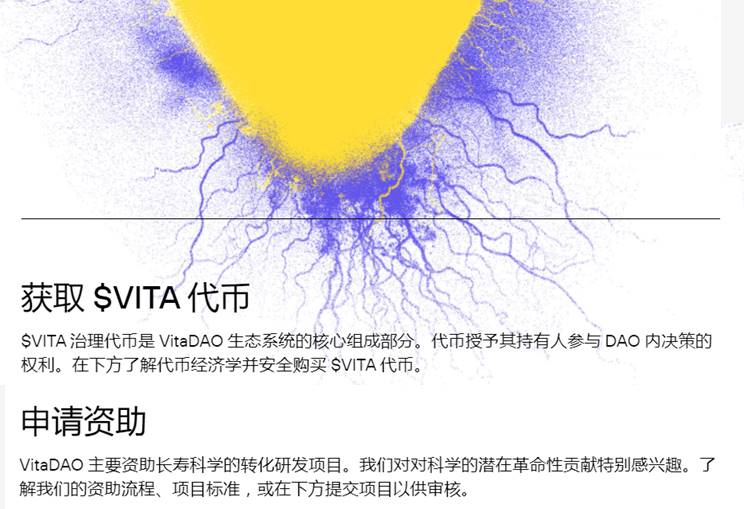
② Efficient peer-to-peer data storage (IPFS) technology. Researchers often publish results on centralized platforms and may need to pay certain fees because they need to store data and results on servers and have the platform provide web access for others to obtain and share. IPFS is a peer-to-peer hypermedia protocol that converts files into blocks encrypted with hash values, where even a slight difference in file content results in a different hash value for its block. These blocks are distributed across various network nodes and can be retrieved from Web2 entry points. When indexing a file, the IPFS protocol downloads the associated blocks of that file from different nodes.
③ Utilizing decentralized finance (DeFi) technology to set up research incentive systems through on-chain verification methods such as timestamps and proof of work. For example, the Ants-Review project moves the peer review process on-chain, where authors anonymously publish research draft results on the Ethereum chain and submit review tasks and bounties. Reviewers upload comments and suggestions to the Ethereum chain, and the entire community evaluates the peer review results, paying proportionally based on the quality of their evaluations. Additionally, there are peer review processes that do not rely on token incentives, such as using a Reputation System and IPFS to move the review process on-chain, where the incentive mechanism for reviewers is the continuously updated reputation scores given by the community on-chain rather than tokens. IPFS is used to store and share different versions of papers from draft to final publication, as well as the entire peer review reports.
The application of reputation systems in Web2 is not unfamiliar, such as quantifying a merchant's reputation in the customer service process through the characteristics of internet information interaction. Many centralized e-commerce platforms, such as Dianping, Taobao, and Amazon, set a continuously updated rating for merchants. Consumers score from different perspectives, such as product quality and logistics speed. However, these ratings can include fake five-star reviews, known as "score brushing," which has formed a complete industrial chain, with merchants using coupons and cashback to entice customers to leave positive reviews. Not only do they fake ratings, but merchants also manipulate sales volume, transaction orders, and transaction amounts.
When Web3 technology is applied to reputation systems, methods such as timestamp verification, on-chain records of professional achievements, and non-transferable NFTs make it very costly to falsify these scores. The signatures and authorizations from on-chain wallets also reduce the risk of personal data leakage. In June 2022, the MetisDAO fund announced the launch of a Web3-based Reputation Power System. Reputation power refers to a portable and combinable score obtained through on-chain achievements. By performing operations such as deploying smart contracts, producing content, minting NFTs, and voting, participants contribute to DAO governance and earn reputation power.
A sound reputation system and corresponding DAO governance structure are crucial for the successful achievement of the ideal goals of the DeSci movement. This is because individual reputation serves as a certificate of trust in the use of funds raised by the DAO, potentially directly determining voting rights and review rights. Therefore, the DeSci movement based on Web3 technology will inevitably encounter a series of trust issues. There are many scientists who would fight for truth or fame; scientific research is not a banquet where everyone is friendly.
> Of course, it is even less like making a movie, where everyone is a returning hero.

Source: Movie "Detective Chinatown"
3. What areas are not covered by the DeSci movement?
Some problems that the DeSci movement aims to solve may not actually be problems at all. Just like Chef Fan in the skit "Selling Crutches":
> How did I end up limping while walking? How did I go from riding a bicycle to using crutches?
## Unite the united front and gather more friends
Since the 21st century, the world political and economic situation has advanced rapidly, such as China's accession to the WTO and the U.S. quantitative easing, directly leading to an explosive growth in research projects and funding. The number of funding projects and paper outputs (as well as the output of international students) in both China and the U.S. has seen an exponential increase. When a small problem grows by an order of magnitude, it becomes a significant issue that cannot be ignored, severely affecting the survival and development of the academic community. Centralized bureaucratic organizations must elevate their approach to address the aforementioned chronic issues and shortcomings; otherwise, they cannot cope with the rapidly changing challenges.
Thus, reformists within the academic community initiated a new wave of the open science movement, primarily including open access to papers, open data, and open-source software movements. The open science of the new century is mainly based on open-source Web2 centralized platforms, where researchers can host their paper drafts as preprints on platforms like ArXiv, which operates on servers at Cornell University in the U.S.
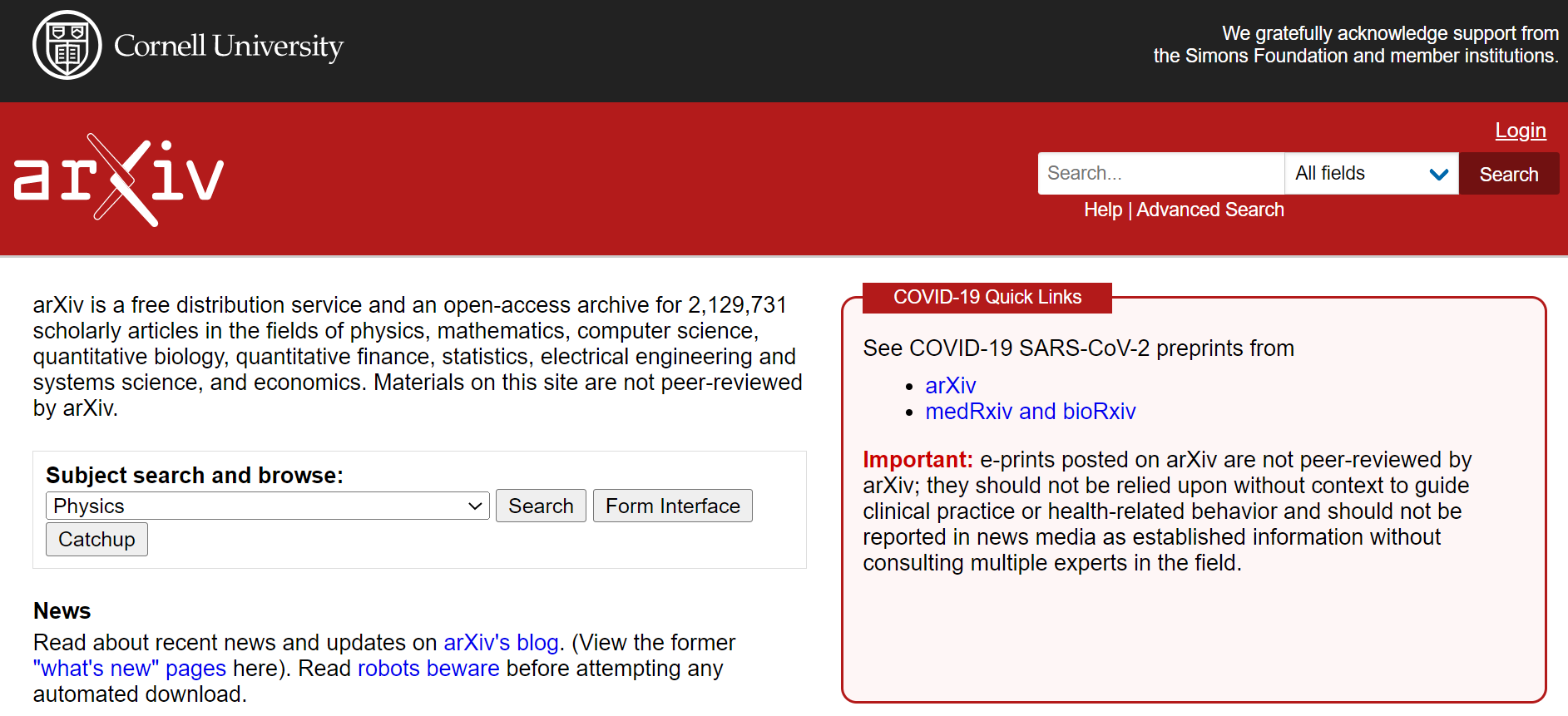
The advantage of the preprint method is that it does not require the time-consuming and labor-intensive peer review process, allowing research results to be published and scientific discoveries to be disseminated as quickly as possible, which played a crucial role after the outbreak of COVID-19. Of course, a hidden benefit is that researchers can assert their claim to new discoveries ahead of others, much like colonizers planting flags during the Age of Exploration.
 Source: Movie "Pirates of the Caribbean: On Stranger Tides"
Source: Movie "Pirates of the Caribbean: On Stranger Tides"
Open-source code, software, and data can be hosted on websites like GitHub. Although document sharing and version control benefit greatly from blockchain technology, GitHub still has unparalleled advantages in team collaboration for writing code, documents, retaining different versions, and sharing results, especially since the interface is very user-friendly for programmers, allowing direct reading of code through the web. If a package or document is on GitHub and receives thousands of star ratings, the original author possesses a very high reputation and proof of professional capability.
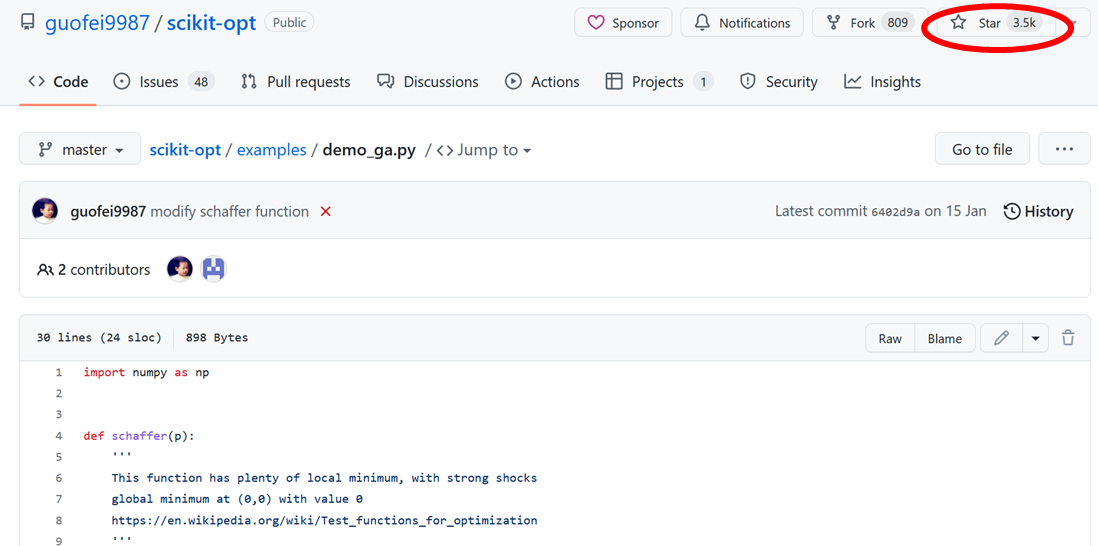 Source: https://github.com/guofei9987
Source: https://github.com/guofei9987
Open-source operating systems include Linux, Unix, etc., while open-source software includes Open Office, Blender, QGIS, etc. In Google's open-source programming environment Colab, one can compile code directly on the web without installing programming software and save the code and documents on Google Drive.
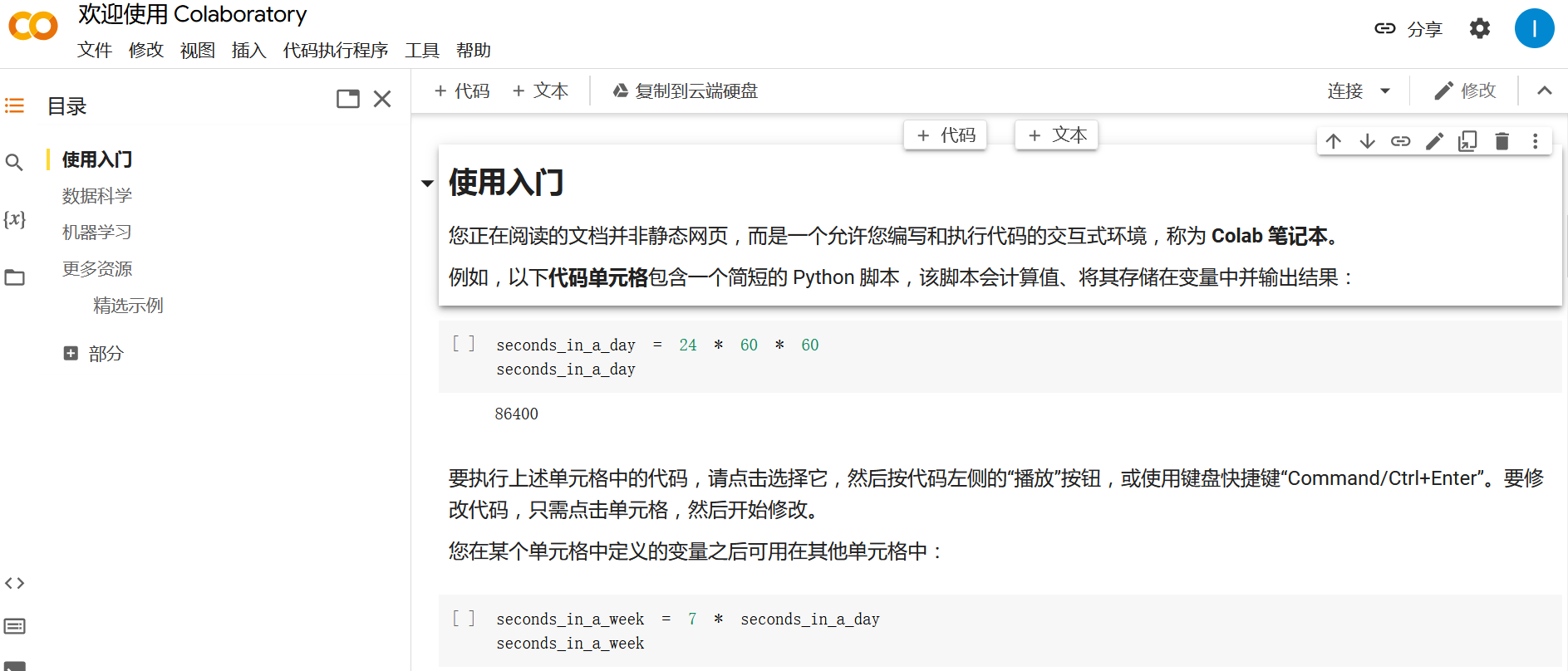
Therefore, in the past decade or so, open science itself has gained significant participation from the academic community. As a revolutionary party, the DeSci movement needs to prove that its solutions are far superior to those of the reformists within centralized bureaucratic organizations. Researchers who have already participated in the wave of open science will be the main force of the DeSci revolutionary movement in the future, but currently, the DeSci movement seems not to have considered how to absorb these individuals into its fold.
##Your chain, my chain, everyone's chain
Another issue is the revolutionary agenda of the DeSci movement—blockchain itself.
Although blockchain technology represented by Bitcoin and Ethereum, which uses a timestamped distributed ledger to represent the transfer of value, began with the invention of Bitcoin by Satoshi Nakamoto in 2009, the idea has been popular in the natural sciences for hundreds of years. Organizing the citation relationships between literature is akin to how Bitcoin's transaction records can be traced back to the genesis block; it can also be traced back to the original papers.
The journal Nature compiled 88,000 papers published in the journal from 1900 to 2017, which contain nearly 700 million citation relationships. If other papers cite a certain paper, a connection is formed between them, as shown in the figure below, where the points represent papers, colors represent disciplines, and the size of the points represents the number of citations. These over 80,000 papers are just a drop in the ocean of scientific literature; the citation system in the natural sciences, which has spanned hundreds of years, is a web interwoven with timestamped records of value transfer.
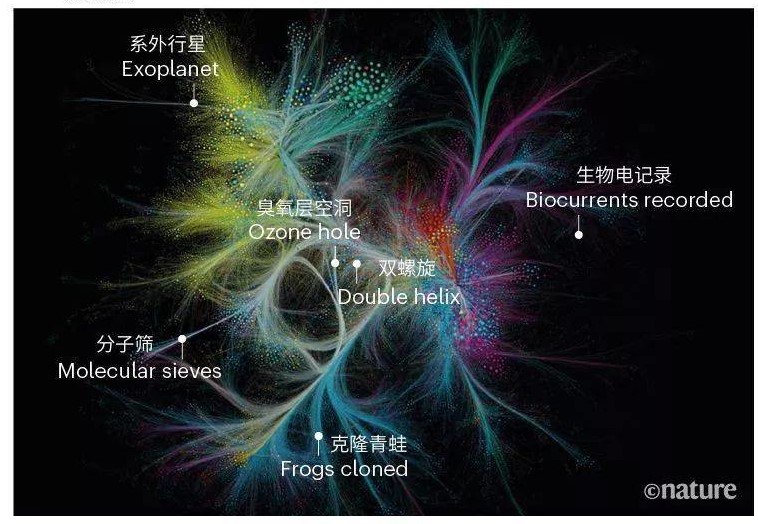
While anonymity is a strength of blockchain, researchers place great importance on works that bear their real names. Basic disciplines such as mathematics and physics are characterized by a strong sense of individual heroism; no one can resist the ultimate temptation of having a theorem named after themselves. For example, the famous "L'Hôpital's Rule" is named after the nobleman L'Hôpital (marquis), who funded the genius mathematician Johann Bernoulli with 300 livres (equivalent to 136 kilograms of silver) annually for his research, in exchange for the naming rights of this significant mathematical achievement, thus securing his place in history.
Therefore, the greatest reviewer of a paper, the first reviewer, is always the author themselves. While the application of the DeSci movement in peer review is worth promoting, is there still a necessity for the peer review system itself to exist?
Today, everyone can publish their ideas on blogs and video sites, and the ways to communicate and disseminate knowledge are instantaneous and bidirectionally interactive. Based on data openness and result transparency, there should be no articles that are rejected for publication in this world. Suggestions for modifications to a paper should not come from just a few individuals but from everyone who can see the paper, and the author should have the ultimate authority to modify the content based on the suggestions. The application of the DeSci movement in peer review is a solution created in response to redundant market demands.

Source: https://cryptohayes.medium.com/
##Haste makes waste
Sometimes, being slow is good; slowness has its value. The efficiency brought by Web3 technology is not always the optimal solution, as there are research results that take ten years to refine. Even if one day in the future, DeSci can reduce the direct costs of research to zero, communication will always be the greatest cost. Acquiring scientific knowledge is very simple and low-cost, but the cost of digesting and absorbing it is very high. The human brain is more complex and difficult to understand than the universe; Einstein and the Copenhagen School debated for 30 years, and the collision of their intellectual universes led to a nuclear explosion of development in physical theory. The straight line is the shortest distance, but the winding path has greater value.

Source: https://www.agu.org/
##Avoiding past mistakes
Currently, a number of DAO funds that finance research have emerged in the DeSci movement, such as the OceanDAO Foundation, which funds oceanographic research, the Molecule Foundation, which funds biomedicine, and the VitaDAO Foundation, among others. Their operational model is to crowdfund through DAOs, but they have not escaped the process of "submitting applications—approving projects—receiving funding." Aside from saving time, there has been no essential change in the model. Due to the similarity of this model to the epic of traditional centralized research, I will not list reasoning proofs here; I will simply provide a conclusion:
> As long as there is approval, there will be centralization.
4. What are the possible future directions for the DeSci movement?
##Counting losses before victories
During the Warring States period, Lord Mengchang had three thousand guests, most of whom were just eating and drinking, but at critical moments, some guests could indeed play a decisive role, such as the unparalleled Feng Xuan, as well as those who engaged in petty theft.
Just as Christianity will never lack donations, and the big monks in temples will always have abundant offerings, research is also one of the means to maintain stable governance and social harmony, possessing both utilitarian and aesthetic values. Ninety percent of academic achievements are redundant and repetitive research, neither original nor possessing theoretical or practical value. The remaining 10% of high-level research can receive substantial funding without the need for the DeSci movement.
From the perspective of the design of the social top structure, research activities are highly prone to failure. Although there is a strict hierarchy within the academic community, there is also a high tolerance for failed research.
Even within some commercial companies' research institutes or R&D centers, the cycle for researching a technology can be long and tortuous. For example, foreign engineers hired at high salaries by Huawei took ten years to make breakthroughs in 5G algorithms; the development cycle for new drugs in some biopharmaceutical companies can reach over 20 years; most of the funding for the three major artificial intelligence research centers—Google, Microsoft, and Baidu—has also gone to waste, yet the academic contributions of Google’s AI research institute can rival those in the ivory tower of academia.
Currently, the DeSci movement has not identified the issue of tolerance for failure. In Huawei, Ren Zhengfei can decisively support, even after many failures, but in DAO organizational voting, there may be a phenomenon of "collective cognitive decline." This may be an area that the DeSci movement needs to improve in the future.
##Breakthroughs from the margins
If a revolutionary movement is to succeed, it must break through from the margins, that is, "surrounding the city from the countryside." In niche areas that do not receive government or corporate funding and have little profit, the DeSci movement may shine brightly.
In applied sciences, where the degree of commercialization is relatively high, such as in computer information technology, the level of open-source is the highest, making data and code acquisition relatively easy (some core code is not open-sourced due to profit concerns). Although IPFS technology can store and share data in a decentralized manner, in certain experimental fields, the data itself is very valuable, often requiring enormous human and material resources to obtain, and there is a certain technical threshold, making the possibility of public access very low. Moreover, sometimes the exchange and sharing of information among researchers can be restricted by national political power. Scientific knowledge can be made publicly available for free, but modern research, based on technology, has thresholds and moats, and many technological patents or results cannot be opened.
DeSci should focus more on empowering researchers rather than solely on the blockchain as a tool. Blockchain technology is not well-known among many researchers; many do not even know how to use an ETH wallet. During the 1927 revolution, part of the objective reasons for the success of the Northern Expedition was that the Hanyang-made rifles were widely equipped among the Northern Expedition army. Of course, the leaders of the Northern Expedition were ultimately bought off by the financial magnates. The conservatism and weakness of researchers themselves may also limit the growth and development of the DeSci movement. Additionally, current cryptocurrency wallets are nearly irretrievable once lost. Therefore, there is a need to strengthen the infrastructure for wallet security.
##“If one does not encounter complex roots, how can one distinguish the sharp tools?”
The overall funding amount for the DeSci movement may ultimately be relatively small, but as an alternative to traditional research, DeSci is expected to become Feng Xuan's "three burrows for the cunning rabbit," striving for maximum support for research activities.
At the dawn of natural science, funding sources came from the support of churches, kings, or nobles; it has never been independent or decentralized. The intricate traditions of research and interest groups stand in the way of the universal values of Web3. It is hoped that these historical habits can be broken by the DeSci movement.
If not, there will be no regrets; history will continue to select the next challenger to take the stage.
免责声明:本文章仅代表作者个人观点,不代表本平台的立场和观点。本文章仅供信息分享,不构成对任何人的任何投资建议。用户与作者之间的任何争议,与本平台无关。如网页中刊载的文章或图片涉及侵权,请提供相关的权利证明和身份证明发送邮件到support@aicoin.com,本平台相关工作人员将会进行核查。




